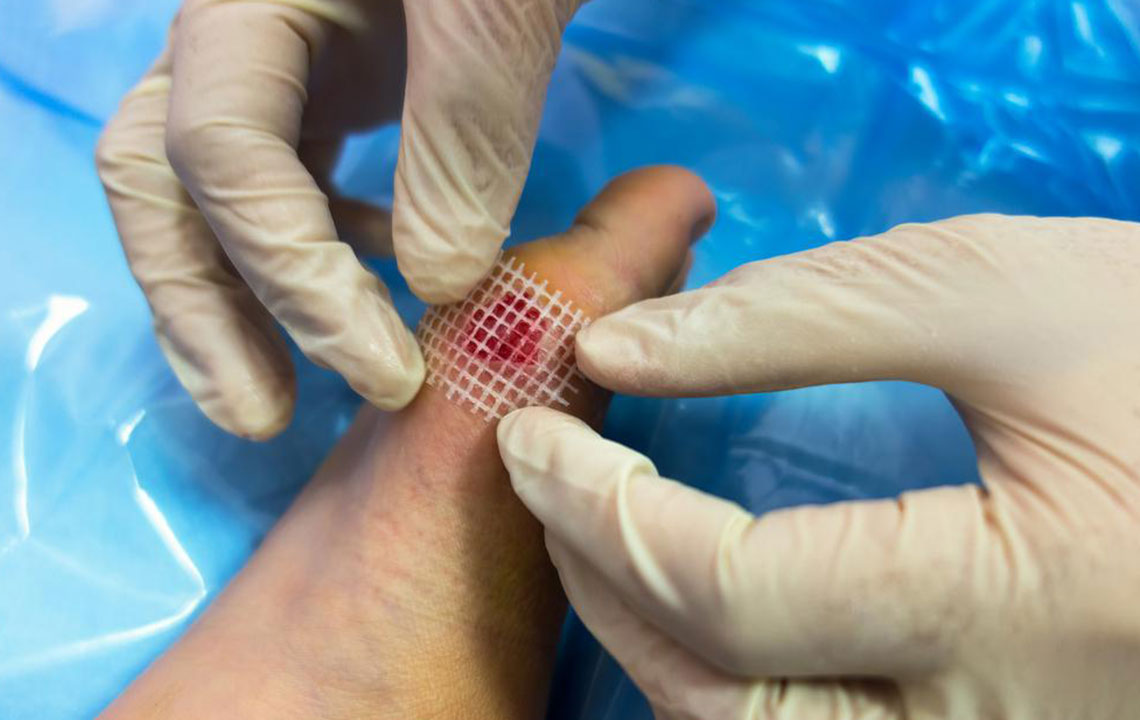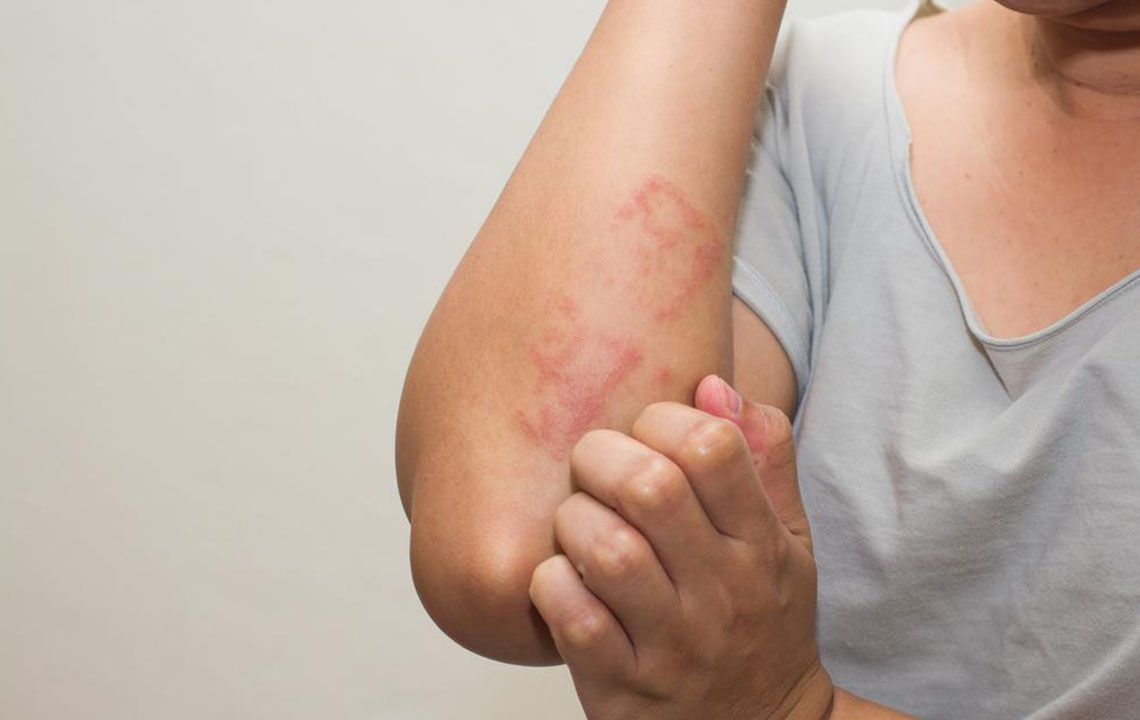Comprehensive Guide to Shingles Treatments: Topical Ointments and Relief Strategies
This comprehensive guide explores effective topical treatments for shingles, including Zovirax ointment and capsaicin-based options. It provides detailed usage instructions, potential side effects, and tips for managing symptoms. Early treatment can significantly reduce pain, viral spread, and complications. Perfect for those seeking informed options for shingles relief, this article emphasizes the importance of medical consultation and proper application of topical medications to ensure safe and effective management of this painful skin condition.

In-Depth Insights into Managing Shingles with Topical Medications
Shingles, medically known as herpes zoster, is a painful skin condition that often manifests as a blistering rash. It typically develops following a previous infection with chickenpox, caused by the reactivation of the varicella-zoster virus that has been lying dormant in nerve cells. Once this virus becomes active again, it travels along nerve fibers to the skin, resulting in a distinctive rash that often appears in a band or a cluster on one side of the face, torso, or other parts of the body.
Understanding the symptoms and early signs of shingles is crucial for effective management. Recognizing the initial sensations—such as burning or tingling pain—can prompt timely treatment, which can significantly reduce the severity of symptoms and the risk of complications like postherpetic neuralgia. Early intervention often involves the use of antiviral medications and topical treatments designed to soothe pain and combat the virus directly.
This comprehensive guide explores two of the most commonly recommended topical treatments for shingles: Zovirax ointment and capsaicin ointment. Each offers distinct mechanisms of action and benefits, providing options for personalized symptom management and pain relief.
Zovirax Ointment: An Antiviral Topical Solution
Overview
Zovirax, containing the active ingredient acyclovir, is a prescription-only ointment that targets the varicella-zoster virus at its source. It’s widely used not only for treating shingles but also for managing herpes simplex infections, including genital herpes and cold sores. This medication works by inhibiting the replication of the virus, helping to limit the spread of the infection and alleviating symptoms more rapidly.
Ingredients and Composition
Each gram of Zovirax ointment contains 50 mg of acyclovir embedded within a polyethylene glycol base, which facilitates smooth application and absorption.
Possible Side Effects
While generally well-tolerated, some individuals may experience side effects. These include skin reactions such as redness, rash, or itching; allergic reactions like swelling of the face, lips, or throat; dry lips; burning or stinging sensations at the application site; or, in rare cases, contact irritation if the ointment contacts the eyes or mucous membranes. It’s essential to seek medical advice if any adverse reactions occur or if symptoms worsen.
Application Guidelines
Apply the ointment five times a day, approximately every three hours, over a period of four days for optimal effectiveness.
Use gloves or a cotton swab to prevent contamination and maintain hygiene.
Ensure the affected area is clean and dry prior to application to maximize absorption.
Wash hands thoroughly after each application.
Avoid touching or scratching the rash to prevent secondary bacterial infections.
This method of topical antiviral therapy can significantly reduce the severity and duration of shingles if started early, ideally within 72 hours of symptom onset.
Capsaicin Ointment: Natural Pain Relief for Neural Discomfort
What It Is
Capsaicin is an active compound derived from hot peppers, renowned for its natural pain-relieving properties. It’s used topically to manage neural pain related to shingles, post-surgical recovery, and various skin conditions involving nerve fibers. Capsaicin ointments work by desensitizing nerve receptors involved in transmitting pain signals, leading to a decrease in discomfort over time.
Active Ingredients and Effectiveness
The primary component is capsaicin, which initially stimulates pain receptors causing a burning sensation; however, repeated application depletes neurotransmitters like substance P, which mediates pain signals. The potency of capsaicin can vary among formulations, allowing healthcare providers to recommend the appropriate strength based on the severity of pain and patient tolerance.
Side Effects and Precautions
While effective, capsaicin ointments may cause side effects such as a burning or stinging sensation upon application, redness, dryness, or soreness in the treated area. Some users report increased sensitivity to light and touch temporarily. Breathing difficulties, muscle aches, or allergic reactions are rare but require prompt medical attention. Always conduct a patch test before widespread use and consult your healthcare provider to ensure compatibility with your condition and other medications.
Usage Instructions
Apply a thin layer of cream, gel, or lotion directly onto the affected skin area. Gently massage into the skin for two to three minutes to enhance absorption.
Use gloves or a cotton swab to avoid accidental contact with sensitive areas such as eyes or mucous membranes.
Refrain from applying before activities involving water exposure or vigorous movement, such as swimming or exercise, to prevent irritation.
Repeat the application three times daily for up to four weeks, monitoring your skin’s response and adjusting as necessary under medical supervision.
Capsaicin ointments are particularly beneficial for managing chronic neuralgia and post-shingles pain, helping to restore daily comfort and reduce dependency on systemic painkillers.
Final Advice and Precautions
Before starting any new treatment for shingles, it’s vital to consult a healthcare professional. They can recommend the most appropriate therapy based on your specific symptoms, overall health, and medical history. Follow the prescribed dosage and application instructions meticulously to prevent adverse effects and ensure effective symptom relief. Additionally, maintaining good hygiene, keeping the rash area clean and dry, and protecting the skin from irritants can aid in faster healing.
Management of shingles involves a combination of antiviral medications, topical treatments, pain management strategies, and lifestyle adjustments. Using topical ointments like Zovirax or capsaicin can be a critical part of this plan, providing targeted relief from pain and reducing viral activity effectively. Remember, early intervention often leads to better outcomes, so seek medical advice promptly if you suspect shingles.





